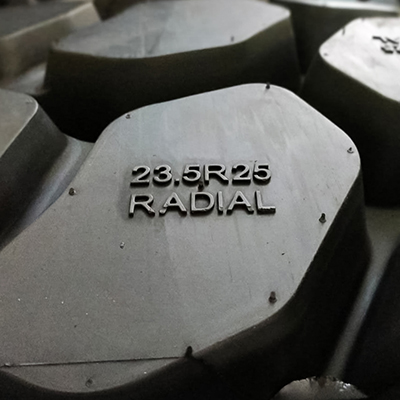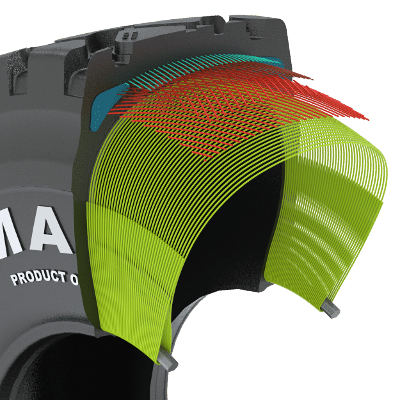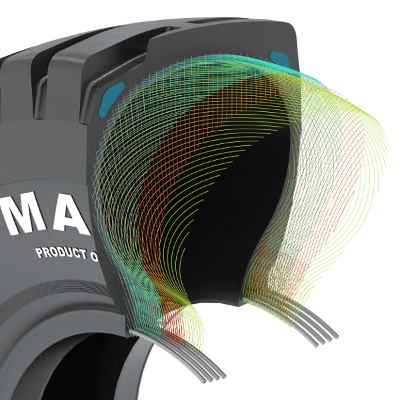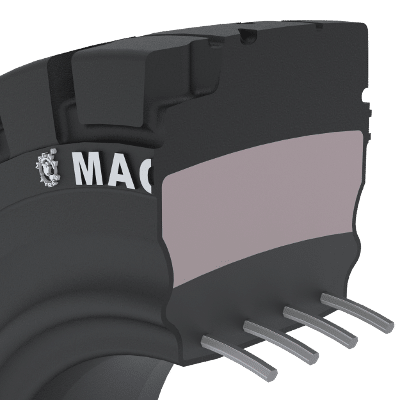Radial Tyres
Magna Tyres’ radial constructed tyres utilise a series of steel cords, extending from the beads and across the tread, so that the cords are laid at approximately right angles to the centre line of the tread, and parallel to each other, as well as belts directly beneath the tread. This network of cords gives the tyre strength and shape.
Due to the all steel radial construction the sidewall of a radial tyre is more flexible compared to a bias tyre resulting in a shorter, but wider footprint. This means less rolling resistance, lower fuel consumption, more grip and greater ride comfort at greater speeds. Steel radial construction has no movement between plies, which means lesser heat build up or increased resistance to heating. Also the belts directly under the tread ensure lesser deformation which leads to more traction and puncture resistance.
Disadvantages of the radial tyre include a harder ride at low speeds on rough roads and in the context of off-roading, decreased “self-cleaning” ability, a more rigid sidewall and lower grip ability at low speeds.




